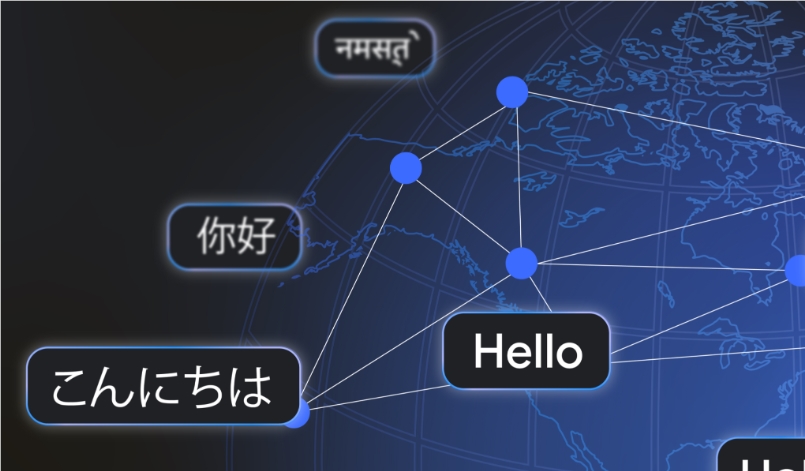Downcodes editor reports: Google released big news at the Gemma Developer Day in Tokyo - the Japanese version of the Gemma model is officially launched! This AI model with only 2 billion parameters can handle Japanese and English smoothly. Its performance is comparable to GPT-3.5. It has successfully overcome the "catastrophic forgetting" problem that small models are prone to when learning new languages. A perfect balance of bilingual abilities. This breakthrough progress brings new hope to the field of AI.
Google released big news at the Gemma Developer Day held in Tokyo: the new Japanese version of Gemma model was officially unveiled. With a scale of only 2 billion parameters, this small and powerful AI model can handle both Japanese and English, showing performance comparable to GPT-3.5.
This technological breakthrough is particularly eye-catching. In the field of AI, small models often face the challenge of catastrophic forgetting when learning new languages—that is, losing previously acquired abilities in the process of acquiring new knowledge. The Japanese version of Gemma has successfully overcome this problem and achieved a perfect balance of bilingual abilities.

In order to promote the participation of the global developer community, Google not only opened up the model weights through the Kaggle and Hugging Face platforms, but also provided complete training materials and sample code. Thanks to its streamlined design, this model can even run natively on mobile devices, opening up new possibilities for edge computing applications.
Google has also launched a Gemma global communication unlocking competition worth up to US$150,000 to encourage developers to adapt Gemma to more languages. Currently, adaptation projects for Arabic, Vietnamese and Zulu have been launched. At the same time, the Navarasa project in India is working on supporting 12 Indian languages, and another team is exploring optimization of Korean dialects.
As the latest member of the Gemma2 series open sourced by Google at the end of July, this model adheres to the design concept of small and large. Like similar products launched by companies such as Meta, it focuses on efficiency and localized processing capabilities. It is worth mentioning that the performance of this 2 billion parameter model even surpasses the 70 billion parameter LLaMA-2 on some tasks.
Developers and researchers can access Gemma-2-2B and other Gemma series models for free through multiple platforms such as Hugging Face, Google AI Studio and Google Colab, and these models have also been launched on the Vertex AI model market. This series of initiatives will bring more innovative possibilities to AI developers around the world.
Google has opened the Japanese version of the Gemma model this time and actively promoted its global application, demonstrating its determination to continue to innovate in the field of AI and providing more opportunities for developers around the world to explore and practice. We look forward to the Gemma model bringing convenience to more languages and application scenarios in the future. I believe that this small but powerful model will play a greater role in the field of AI.